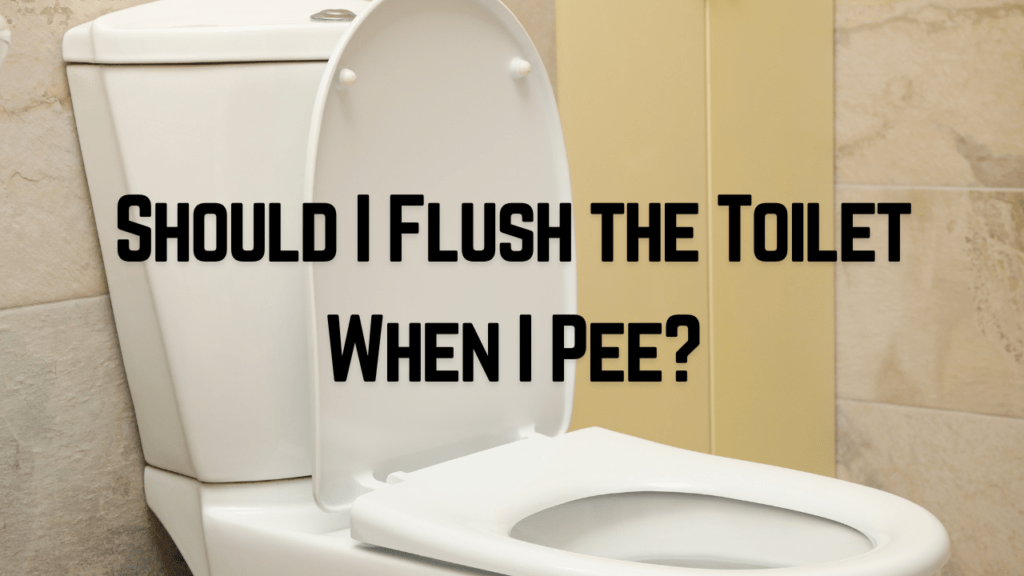
Should I Flush the Toilet When I Pee? The question of whether to flush the toilet when you pee is common, and it’s essential to consider both environmental and personal factors when making this decision.
To flush or not to flush when you pee—this seemingly simple question carries more weight than one might initially think. In a world where environmental consciousness is on the rise, and every drop of water counts, the decision to release the flush handle after a visit to the bathroom has become a matter of both personal habit and global significance.
It depends. Flushing the toilet after urinating is a personal choice influenced by various factors, including water conservation, hygiene, and courtesy. In this article, we will delve into these considerations, explore the environmental impact of flushing, and provide alternative solutions for those looking to strike a balance between cleanliness and sustainability. So, should you flush the toilet when you pee? Let’s find out.
Should I Flush the Toilet When I Pee?
Yes, you should generally flush the toilet when you pee. However, we’ll explore exceptions and considerations related to water conservation and personal preferences in detail in this article.
Environmental Impact
Flushing the toilet consumes water, which is a precious resource. In many regions, water conservation is crucial to ensure a sustainable supply. Every flush can use several gallons of water, so flushing every time you pee can add up to significant water usage over time.
Personal Considerations
Hygiene: Flushing the toilet after urinating can help maintain a cleaner and more hygienic bathroom environment.
Odor Control: Flushing can also help reduce any potential odors associated with urine.
Guests: If you have guests in your home, it’s generally courteous to flush the toilet after using it, regardless of whether it’s for urine or feces.
Options to Reduce Water Usage
If you’re concerned about water conservation but still want to maintain hygiene and considerate bathroom etiquette, here are some options:
Dual-Flush Toilets: Consider installing dual-flush toilets if you haven’t already. These toilets have two buttons or handles—one for liquid waste (which uses less water) and one for solid waste.
If It’s Yellow, Let It Mellow: Some people adopt the practice of only flushing the toilet for solid waste, allowing urine to “mellow” in the bowl between flushes. While this can save water, it may not suit all households.
Use a Water-Saving Flush Adapter: These devices can be added to your existing toilet to reduce the water used per flush.
In conclusion, whether or not to flush the toilet when you pee is a matter of personal choice and consideration for the environment. It’s essential to balance water conservation and maintaining a clean and hygienic living space. Additionally, modern water-saving technologies can help you reduce your water usage without compromising cleanliness.
